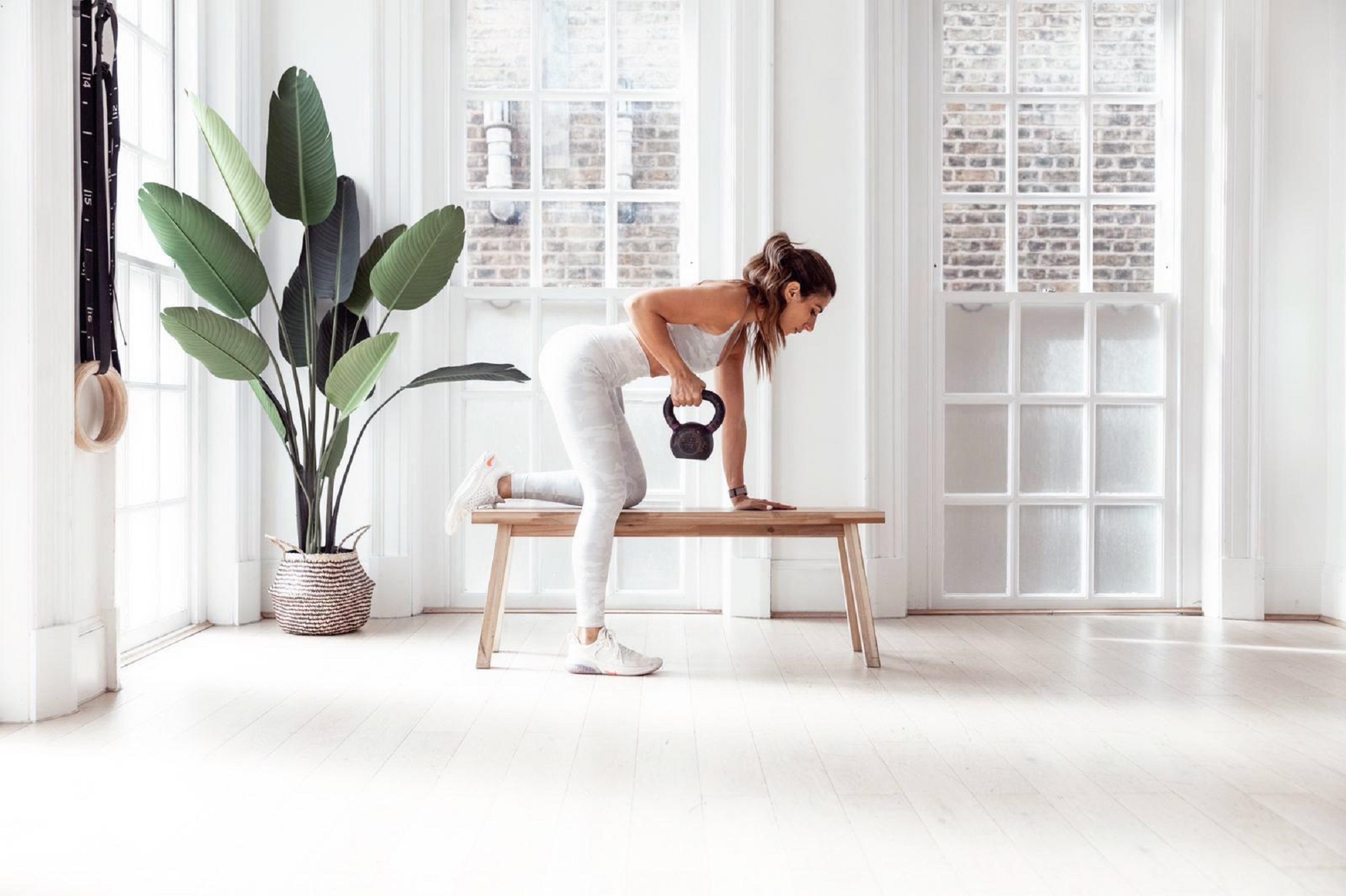Experts reveal: The answers to the most Googled questions about workouts

There’s plenty you can teach yourself about fitness, and doing so is not only useful for beginners. Even if you’re experienced with working out, learning more about exercise can improve your routine to see results faster or even fix any bad habits that you may have picked up. However, it can sometimes feel like there’s so much you need to know that you don’t know where to begin.
Fortunately, sports nutrition experts Bulk have conducted research to discover the most Googled questions about workouts and provided their insight to help you reach your fitness goals.
“What to eat before a workout?” takes the top spot as the most searched for question around fitness.
It’s recommended to eat around 2-3 hours before exercising, particularly if you plan on completing a long workout. Eating a meal with protein before a workout can increase muscle protein synthesis, where your cells produce protein; foods like poached eggs and chicken breast are high in this nutrient.
Carbohydrates in particular give your body the fuel it needs to exercise, especially for high intensity exercises, so opt for including whole grain pasta or whole-wheat toast in your pre-workout meal. However, it’s not always practical to eat 2-3 hours before exercising, for example if you like to have an early morning session in the gym before work, so a small portion of Greek yoghurt with whole grain cereal will give your body both protein and carbs without leaving you feeling sluggish.
“What does pre workout do?” and “What is pre workout?” take the second and third spots, respectively.
Pre-workout is a supplement usually taken by strength and endurance athletes to boost energy, improve workout performance and promote muscle growth. Common ingredients include caffeine, carbohydrates, creatine monohydrate, and it can be taken as pills, powders to mix with a drink, or even be combined with protein supplements.
Pre-workout should be consumed between 30-60 minutes before you workout – doing so will give you more energy to exercise harder and longer, and it can help to build your muscles.
“What to eat after a workout” is the fourth most Googled search term around working out.
Protein is the most important nutrient to consume after a workout to increase muscle mass; particularly if your workouts consist of lots of heavy lifting and strength training. Your body needs lots of protein to build and repair tissues in order to continue to grow them. For optimal results, try to consume a protein supplement or high-protein foods between 15 minutes to an hour after your workout, which is known to be the anabolic window (the short time after exercise when your body is repairing and recovering).
It’s also important to keep in mind that 2.2 grams of protein per kilogram of body weight is the daily recommended amount of the nutrient to gain muscle. Consuming carbohydrates with protein after working out will also help to speed up recovery and replenish the muscle glycogen that you burned during exercise.
“How many exercises per workout?” takes the fifth spot for most searched questions regarding fitness.
The recommended number of exercises per workout ranges between 4-8 with each exercise consisting of 2-3 sets of 8-12 reps, but there are circumstances that can determine how many you do. For example, if you are training both upper and lower body on the same day, you may complete four exercises for each muscle group equating to eight in total, but if you are just focusing on legs it may be four overall.
It is also worth considering that fewer reps with a high weight are better for building strength and muscle mass while more reps of a lower weight are suggested for muscle endurance.
“How many times a week should I workout?” places sixth on the list of the most Googled questions about fitness.
A minimum of 150 minutes of moderate activity or 75 minutes of vigorous activity is recommended to stay in good health, with that being spread over four to five days or even every day. However, it ultimately comes down to your fitness goals and what exercises you plan on doing. For example, if you wish to train both upper and lower body as well as doing cardio, you may find yourself working out every day and doing several hours of exercise each week.
You should ideally train each muscle group between two and three days a week and wait at least 48 hours before training the same area again, and it’s important to remember that it isn’t advised to focus on the same muscle group every day as it could result in exhaustion, soreness, and injury.
A spokesperson from Bulk has commented: “Working out goes so much further than just showing up at the gym. If you’re eager to reach your fitness goals, it’s important to know everything from nutrition to the suggested exercise duration, but it’s understandable that it can seem overwhelming. Given the time of year, many people may have only recently joined a gym as part of a New Year’s resolution, so it’s crucial to try to educate yourself on the ins and outs so that each workout is successful.”
The research was conducted by bulk.com which is founded on the belief that sport, health, fitness and nutrition are for everyone – no matter who you are, what you do, or how you do it.






